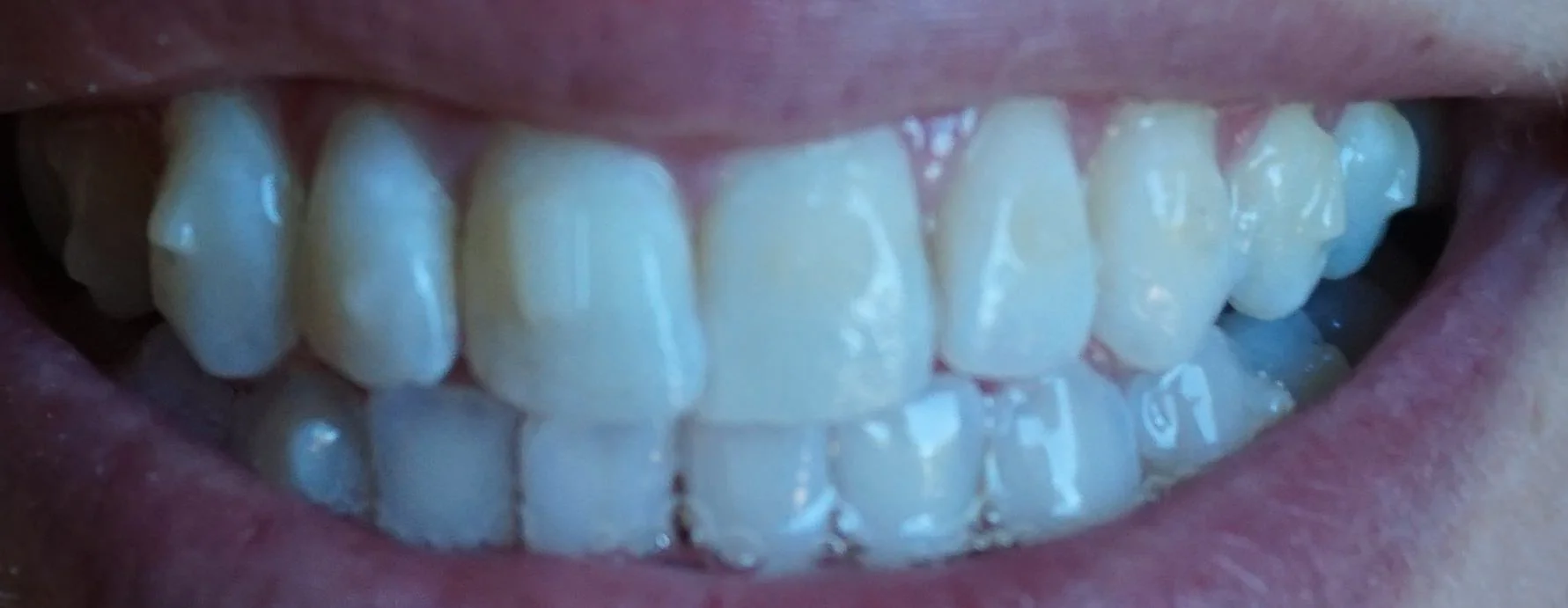What Is Invisalign?
Invisalign is a clear aligner that is a more aesthetically pleasing alternative to braces. Rather than having metal brackets and wires attached to your teeth, a clear tray is utilized. The aligner is replaced every one to two weeks, with regular checkups performed by Dr. Kathrina Agatep every four to six weeks in our office. Depending on the severity of your case, your desired results could be achieved in is little as twenty weeks, but often can run longer if more complex movements are required.
Treating some patient's cases may require the use of small attachments, or tooth-colored dots that are placed at specific locations, typically near the middle, on certain teeth. Whether the function its rotation, translation, intrusion or extrusion, will determine shape and orientation of the attachment required to be used.
Why Do I Need attachments with invisalign?
In some situations, the challenge is in the size, shape, or angulation of the underlying tooth, which creates a situation where applying pressure in the desired manner is not as easy. In other situations, there are simply some types of movements that are more challenging to achieve with clear aligners. For example, extruding a tooth, or bringing more of it above the gum line, is a more challenging movement. The attachment serves as a point to direct force from the aligner in order to achieve the proper movement.
How visible are attachments?
The visibility of Invisalign attachments is largely dependent upon their placement, with front teeth being more obvious. A bonding agent is used to hold the attachment to the tooth, and the better this bonding agent can be color matched to the current shade of your teeth, the less visible the attachments will be. That said, regardless on whether the attachments are visible or not, they are far less pronounced and obvious than conventional braces, and are far more subtle in appearance.
What are Invisalign buttons?
Buttons are the term Invisalign uses for small plastic or metal brackets that serve as points of attachment for elastics, or what you would commonly think of as traditional rubber bands. Aesthetically, they are very similar in appearance to attachments, and in a similar manner to attachments, buttons and elastics assist in creating tooth movements that aligners on their own simply cannot make. Before your treatment has begun, we will be able to tell you if buttons, elastics, or attachments will be needed.
Dr. Kathrina Agatep is a Preferred Provider for Invisalign. In layman's terms this just means Dr. Kathrina Agatep has completed a lot of Invisalign cases and has received specialized training to ensure optimal results. The result? She is capable of handling more complex cases and with better results than someone that is more inexperienced. Schedule an appointment with Dr. Kathrina Agatep today for a free consultation.




